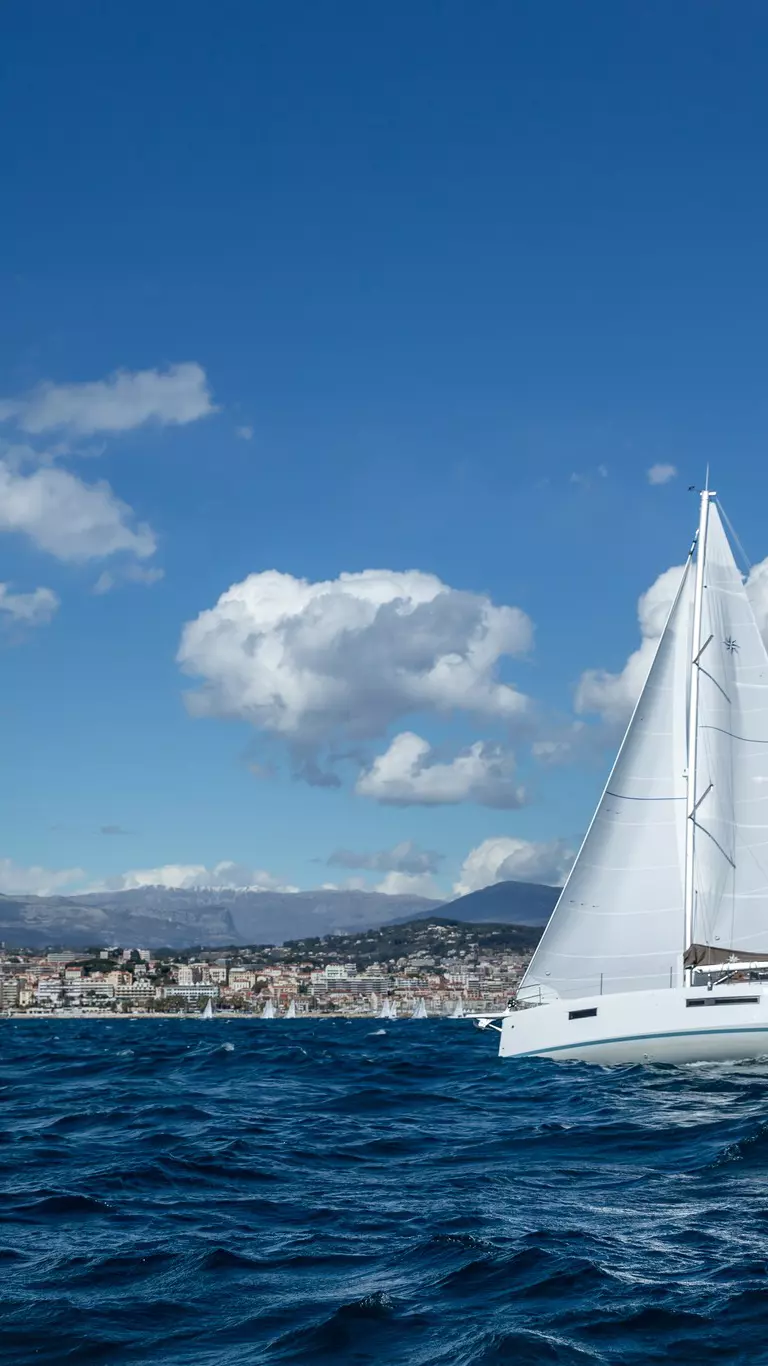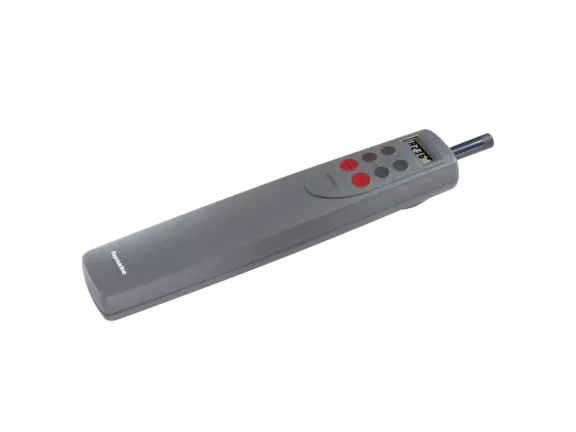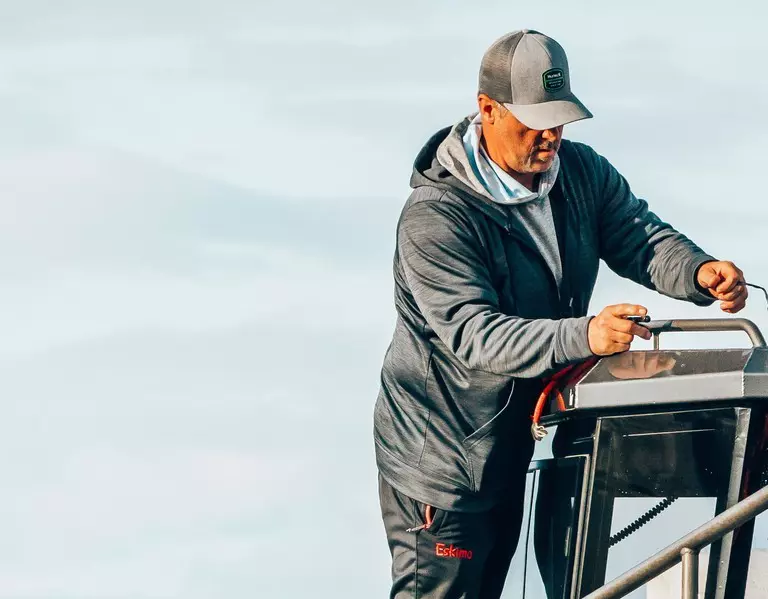Avviso di richiamo prodotti ACU-150 e ACU-400
Approfondisci

Autopiloti per timoneria a barra da pozzetto autonomi per barche a vela

Autopilota attuatore a barra per piccole barche a vela

Autopilota attuatore a ruota per barche a vela piccole e medie

Autopilota per piccole barche a motore con timoneria idraulica

Autopilota per imbarcazioni a motore piccole e medie con timoneria idraulica

Autopilota per imbarcazioni a motore medio-grandi con timoneria idraulica

Autopilota per barche a vela di medie dimensioni con timoneria meccanica

Sistema autopilota per imbarcazioni con timoneria a solenoide

Autopilota per barche a vela di grandi dimensioni con timoneria meccanica

Autopilota per barche a motore grandi con timoneria idraulica

Autopilota per imbarcazioni con sistemi di timoneria digitale di guida tramite fili

Autopilota per imbarcazioni con sistemi di propulsione Volvo Penta IPS o Aquamatic
Utilizzate la tabella seguente per scegliere correttamente il pacchetto autopilota in base alle dimensioni e al peso dell'imbarcazione.


Cerca nella rete globale di rivenditori e centri assistenza Raymarine qui